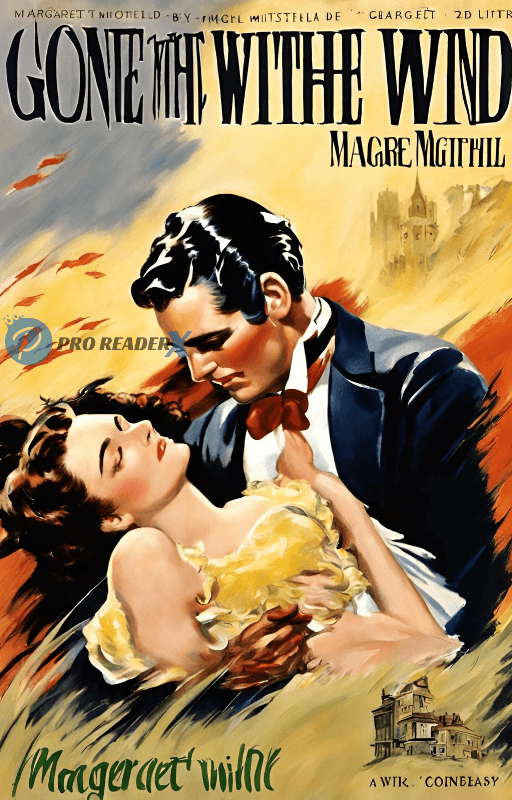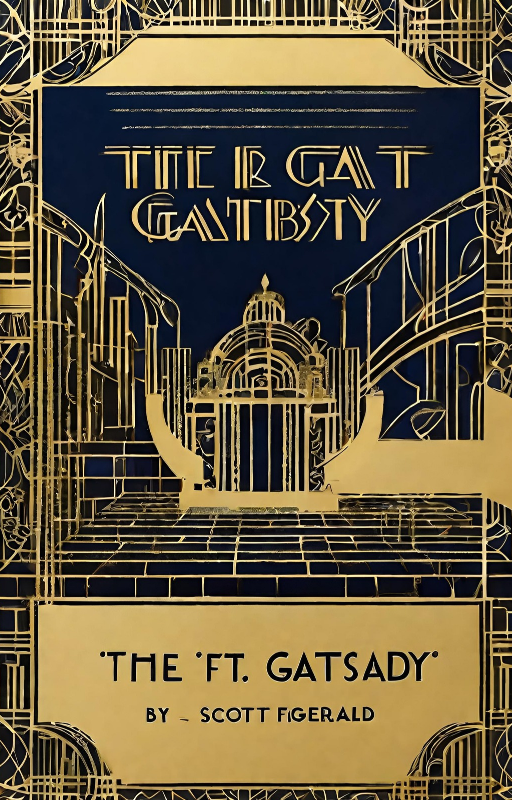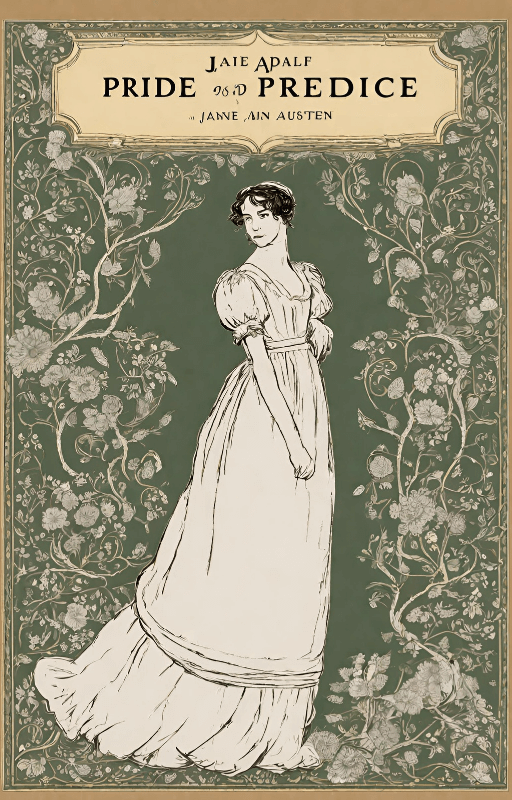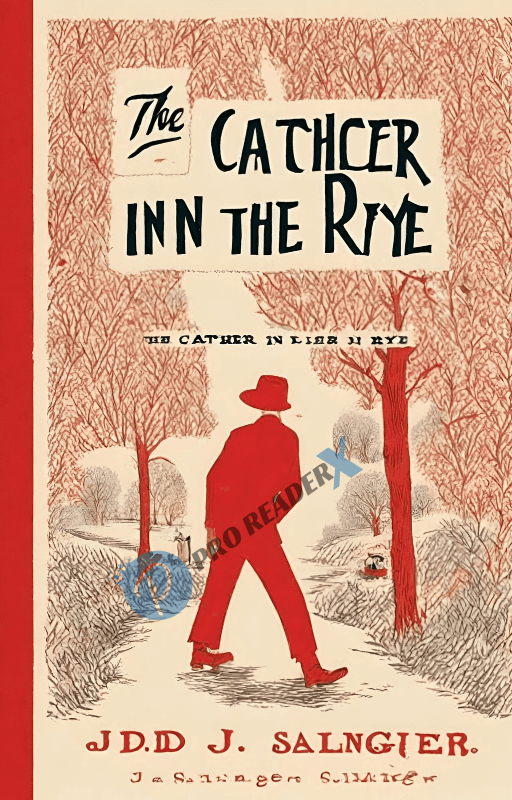Introducing Gone with the Wind
Margaret Mitchell’s “Gone with the Wind” has captivated readers worldwide since its first publication in 1936. More than only a love tale, it offers a striking portrait of the American South before and after the Civil War. Discover this masterwork’s diverse characters, intricate ideas, and lasting legacy.
Setting the Scene: The American South
The Antebellum Era
The novel begins in the antebellum South, on beautiful, picture-perfect plantations. Grand homes, social gatherings, and a refined air characterize this era of luxury for the affluent landowners. Underneath this exterior, meanwhile, is the harsh reality of slavery, which drives the whole Southern economy.
The Civil War and Its Impact
Life in the South is upended as the Civil War breaks out. The battle profoundly changes the area, causing destruction and hardship. The story depicts the Southerner’s hardships in coping with the loss of their social structure and the devastation of their houses.
Main Characters and Their Development
Scarlett O’Hara: A Complex Heroine
The book’s protagonist, Scarlett O’Hara, is renowned for her brilliance, beauty, and unwavering spirit.
Scarlett’s Strengths and Flaws: A Wind-Torn Saga
Scarlett is strong in her tenacity and inventiveness. She is a survivor, prepared to risk anything to save her family’s plantation, Tara. She has equally apparent shortcomings, though. Sometimes self-centred, cunning, and motivated by an unfulfilled love for Ashley Wilkes, Scarlett is oblivious to the genuine love that Rhett Butler is offering.
Rhett Butler: The Charming Rogue
The love hero of the novel, Rhett Butler, is a nuanced figure who breaks with the social mores of his day.
Rhett’s Transformation
Though his love for Scarlett exposes a gentler side, Rhett is first a cynical, opportunistic blockade runner. One of the most lasting characters in literature, his metamorphosis throughout the book emphasizes his depth and ability for true love.
Other Key Characters
Melanie Wilkes: The Angelic Counterpart
Melanie Wilkes is the height of politeness and gentleness. Scarlett’s more pragmatic and self-serving character starkly contrasts Melanie’s steadfast moral compass and commitment. Melanie has a deep, calm strength vital to everyone around her.
Ashley Wilkes: The Idealist
Ashley Wilkes represents traditional Southern values. Though respectable, his failure to change with the times ultimately brings him ruin. Because of his romanticism and passivity, Ashley is a moving, sad person.
Major Themes Explored in the Novel
Love and Passion: Southern Tempest
“Gone with the Wind” is, in essence, if intricately, a love story. From Scarlett’s crazed obsession with Ashley to her turbulent relationship with Rhett, the book delves into the many aspects of love. Most of the story is driven by these interactions’ intense and frequently disastrous nature.
Survival and Adaptation
Survival is one recurring motif, and Scarlett represents a determination to live. The book shows how many people adjust—or do not—to the profound changes brought about by the war and reconstruction. Scarlett’s ability to overcome these obstacles shows her as a tough character.
Social Class and Society
A critical aspect of the narrative is the South’s inflexible social structure. Both during and after the conflict, the breakdown of this system makes characters rethink who they are and where they fit in society. The book examines the changing dynamics and the tenacity of outdated ideas in a modern environment.
Plot Summary of Gone with the Wind
Life Before the War
As the novel starts, Scarlett O’Hara lives at Tara, surrounded by suitors but fixated on Ashley Wilkes. Scarlett’s perfect existence is upended as the South moves toward war, and her world starts to fall apart.
The Outbreak of War
War causes pain and loss. Moving to Atlanta, Scarlett witnesses the atrocities of the fighting firsthand. After Atlanta falls and everything that follows, Scarlett returns to the devastated Tara.
The Fall of the South
Tara is being rebuilt by Scarlett as the South submits. She swears never again to go hungry, bringing her tenacity and brutal practicality to the fore. Scarlett has conflict and companionship in her marriage to Rhett Butler, who shares her will and spirit.
Reconstruction and Its Challenges
New problems arose during the post-war reconstruction era. Scarlett and Rhett manage through a world of carpetbaggers, social unrest, and unstable economics. Their tense connection results in heartbreak and disaster.
Literary Style and Narrative Techniques
Mitchell’s Writing Style
Margaret Mitchell’s writing is vivid and detailed, transporting readers to the Southern countryside and the lives of her characters. Her literary technique combines intimate and grandiose elements by fusing human drama with historical history.
Use of Perspective and Flashbacks
The book uses a third-person omniscient viewpoint to allow readers to peek into the minds and intentions of several characters. Flashbacks efficiently provide background information and help readers better comprehend the characters’ feelings and deeds.
Historical Accuracy and Its Reception
Historical Context and Depictions
Though it presents the Civil War and Reconstruction in great detail, “Gone with the Wind” captures the prejudices and viewpoints of its day. Arguments and criticism have centred on the novel’s idealized depiction of African American characters and the antebellum South.
Reception Over Time
The book was an enormous hit when it came out and won the 1937 Pulitzer Prize. Even so, its historical interpretations and racial portrayals have generated continuous discussions throughout the years.
Adaptations and Legacy
The 1939 Film Adaptation
Among the most well-known motion pictures ever made is the 1939 version of “Gone with the Wind,” which starred Vivien Leigh and Clark Gable. It made the tale more widely known and solidified its position in popular culture. Like the novel, the movie has drawn praise for its artistic merits and criticism for its factual errors.
Cultural Impact and Legacy
“Gone with the Wind” has profoundly influenced American literature and society. Its moments, words, and personalities are legendary, and different media outlets still cite and examine them. The way the history is portrayed and the book’s narrative power are entwined create a complicated legacy.
Conclusion
Few books achieve the kind of colossal blending of romance, history, and drama that “Gone with the Wind” does. Rich characters and a complex narrative make this a classic tale of love, grief, and survival. Unquestionably, it has influenced literature and society, even if its representations of the South and race need more inspection.
FAQs
Q1: Is “Gone with the Wind” based on a true story?
Though it is set against actual historical events, such as the Civil War and Reconstruction, “Gone with the Wind” is fiction.
Q2: Why is Scarlett O’Hara considered a complex character?
The way Scarlett O’Hara combines her talents and shortcomings makes her seem complicated. She is a complex figure who is at once tenacious, driven, self-serving, and cunning.
Q3: How historically accurate is “Gone with the Wind”?
Though it contains much historically accurate information about the Civil War and Reconstruction, “Gone with the Wind” also captures the prejudices and idealized perceptions of its day, especially in depicting African American characters and the antebellum South.
Q4: What is the central theme of “Gone with the Wind”?
The major themes are surviving, loving, and the conflict of socioeconomic classes. Motivated by the unwavering resolve to live, the book examines how people and civilizations adjust to catastrophic upheavals.
Q5: How does Rhett Butler’s character evolve throughout the novel?
Initially a cynical, opportunistic blockade runner, Rhett Butler develops into a more loving and caring person, especially in his connection with Scarlett. His development is typified by a greater comprehension of love and selflessness.






